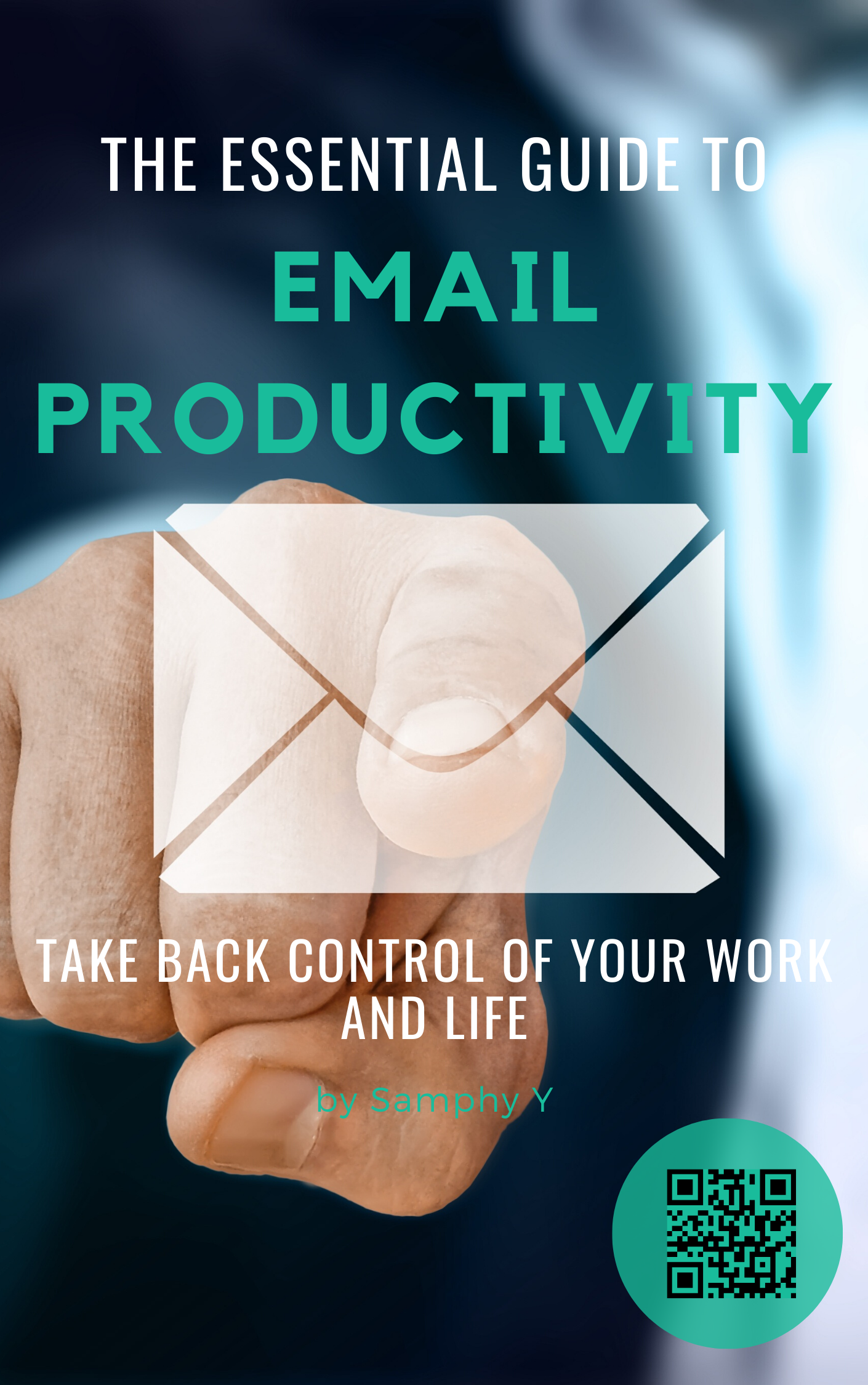Most people strive to find ways to increase their productivity and efficiency in handling tasks and responsibilities. In the quest for optimal time management, various methodologies have been developed to help individuals stay organized and focused on achieving their goals. From the Pomodoro Technique to Getting Things Done (GTD), these structured approaches offer valuable principles and strategies to enhance productivity levels. In this blog post, we will explore some of the top productivity methodologies that you can try today to streamline your tasks and maximize your output.
Key Takeaways:
- Time blocking: A productivity method that involves scheduling specific blocks of time for different tasks or activities, helping to focus on one task at a time and reduce distractions.
- Pomodoro Technique: A time management technique that breaks work into intervals (usually 25 minutes) followed by short breaks, helping to improve focus and productivity by working in short, focused bursts.
- Eisenhower Matrix: A method for prioritizing tasks based on their urgency and importance, categorizing them into four quadrants: urgent and important, important but not urgent, urgent but not important, and neither urgent nor important.
Understanding Productivity Science
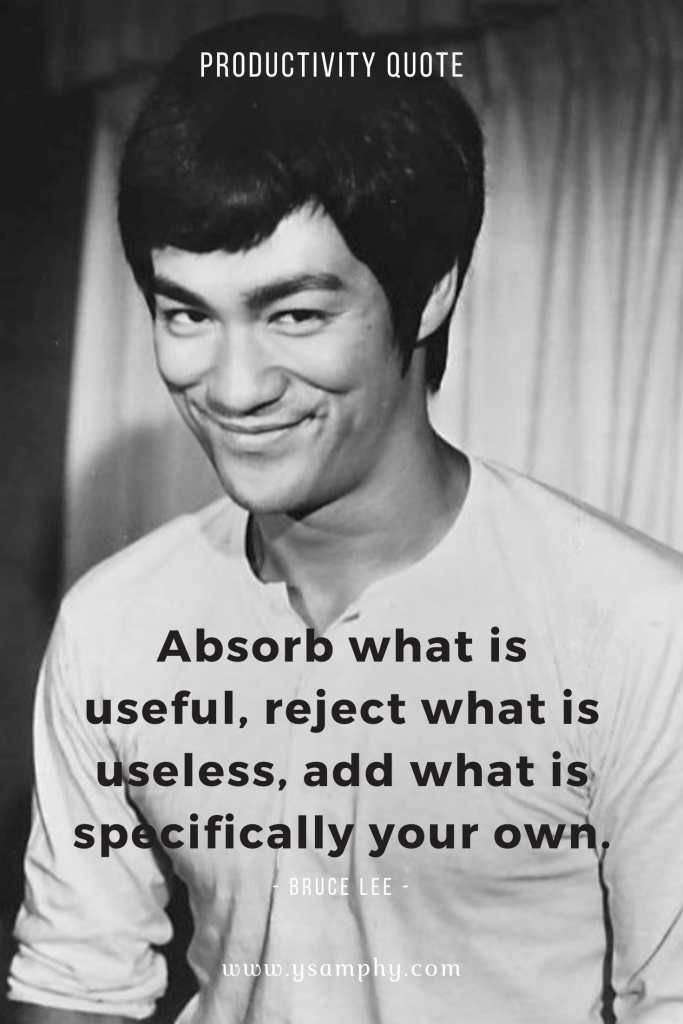
Clearly, to enhance your productivity and optimize your work processes, it is crucial to probe into the world of productivity methodologies. By implementing proven strategies and frameworks, you can maximize efficiency and accomplish more in less time. For a comprehensive guide on some of the top productivity methods to get more work done, check out Top Productivity Methods To Get More Work Done.
The Psychological Underpinnings of Efficient Work
Efficient work is not just about checking off tasks from a to-do list; it involves understanding the psychological aspects that drive productivity. By tapping into concepts such as motivation, focus, and time management, individuals can create a conducive environment for optimal performance and output. Exploring these psychological underpinnings can lead to a better grasp of how the human mind operates in relation to work tasks.
Productivity through the Lens of Evolution
The theory of productivity through the lens of evolution posits that our drive to accomplish tasks efficiently stems from the deep-seated biological urge to survive and thrive. This perspective suggests that our innate instincts for problem-solving, innovation, and collaboration have evolved over time to enhance our ability to navigate complex work environments and achieve our goals. By viewing productivity through an evolutionary framework, we can gain insights into how our inherent traits and tendencies shape our work habits and behaviors.
Evolution has equipped us with cognitive abilities that enable us to adapt to changing circumstances, make decisions, and prioritize tasks based on their significance. By harnessing these evolutionary predispositions, individuals can leverage their innate capabilities to boost productivity and succeed in their endeavors.
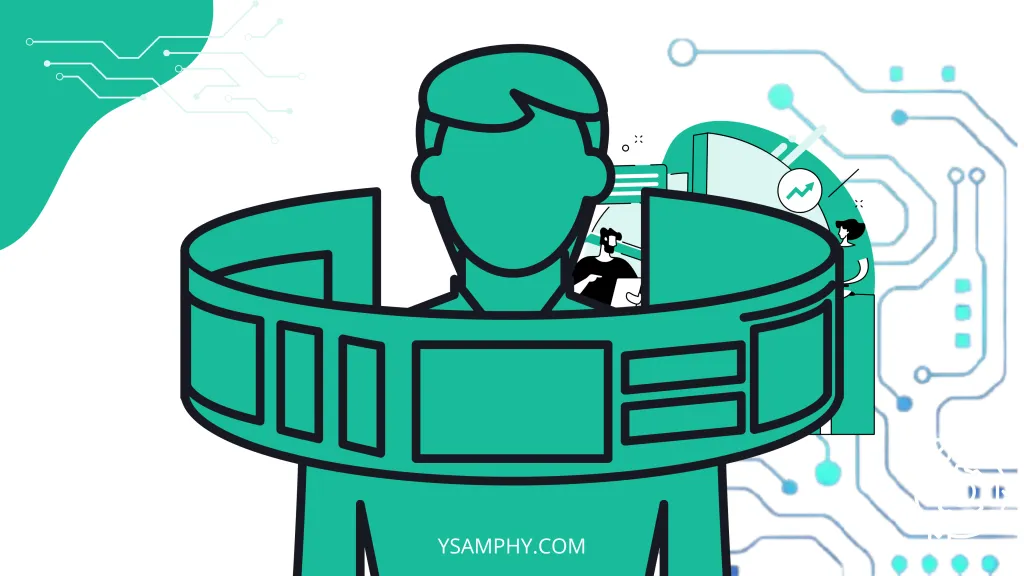
The Pomodoro Technique
One Productivity Tools to Streamline Your Workday is the Pomodoro Technique. This time management method is designed to enhance focus and productivity by breaking work into intervals separated by short breaks.
The Fundamentals of Pomodoro
The Pomodoro Technique revolves around the concept of focused work sessions, typically 25 minutes long, followed by a short break. After completing four consecutive sessions, a longer break of 15-30 minutes is taken. This structured approach aims to reduce the impact of internal and external interruptions on workflow, allowing individuals to work with heightened concentration and efficiency.
Maximizing Focus: The Time-Management Benefits
Pomodoro Technique acts as a cognitive scaffold, helping individuals manage time and attention effectively. By dividing tasks into manageable segments, this method prevents burnout and decision fatigue, fostering sustained productivity over extended periods. By committing to short bursts of focused work, one can maintain mental clarity and prevent distractions from derailing progress.
Time management is crucial in modern professional environments, where distractions abound, and multitasking is often seen as a necessity. The Pomodoro Technique offers a structured approach to work allocation, promoting deep concentration and deliberate task completion. By embracing this methodology, individuals can cultivate a sense of discipline and mastery over their workload, leading to enhanced productivity and overall job satisfaction.
Getting Things Done (GTD)
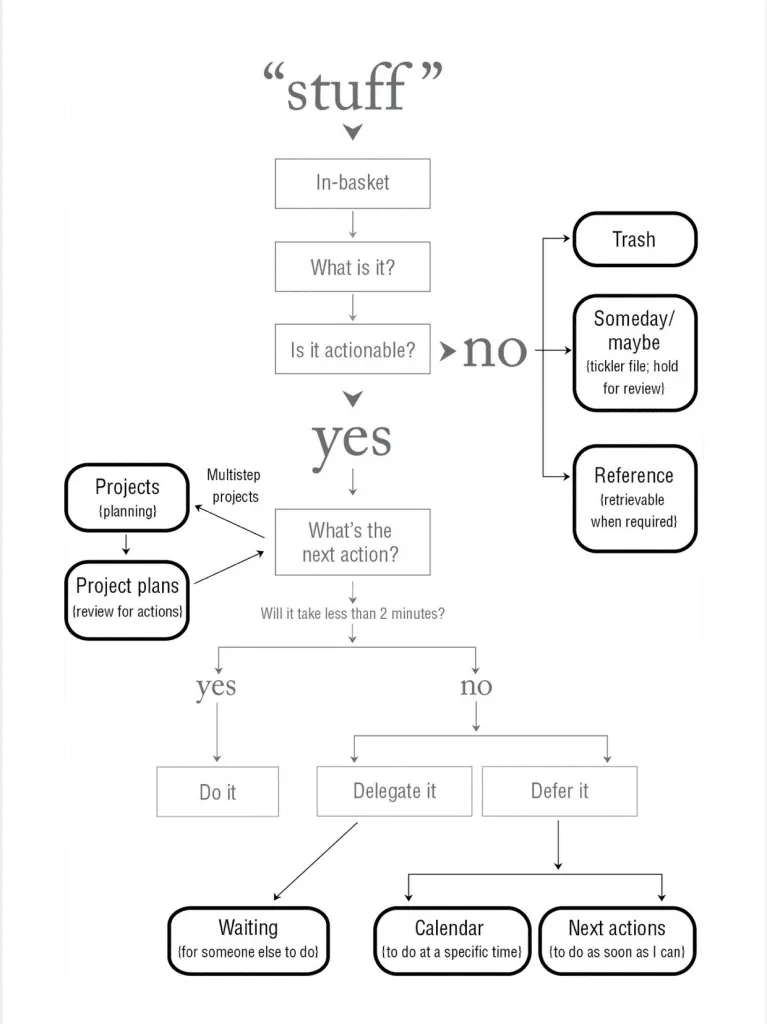
The Five Steps of GTD
To commence on the journey of productivity nirvana, one must first be familiar with the five fundamental steps of GTD. These steps serve as the guiding light that will lead you through the labyrinth of tasks and deadlines that clutter your existence. The steps are Capture, Clarify, Organize, Reflect, and Engage. Each step is crucial in its own right and when followed diligently, they can transform the chaotic into the manageable.
Integrating GTD into Daily Life
Integrating GTD into your daily routine is not just a choice; it is a way of life. By incorporating GTD principles into your daily rituals, you are effectively streamlining your cognitive load and allowing your brain to operate at maximum efficiency. From creating a daily task list to conducting weekly reviews, the GTD methodology molds your life into a well-oiled machine of productivity.
With GTD, you are not just managing your tasks, you are mastering them. By integrating GTD into your daily life, you are laying the foundation for a future where productivity is not just a goal, but a habit.
The Eisenhower Matrix
Once again, let’s probe into productivity methodologies with the Eisenhower Matrix. This powerful tool is named after former US President Dwight D. Eisenhower, who was known for his ability to make tough decisions with ease and efficiency.
Prioritization as a Function of Urgency and Importance
Any productive individual knows that prioritization is key to success. The Eisenhower Matrix simplifies this process by categorizing tasks based on their urgency and importance. Tasks are divided into four quadrants: important and urgent, important but not urgent, urgent but not important, and neither urgent nor important. By classifying tasks in this way, individuals can focus on what truly matters and avoid getting bogged down by less crucial activities.
Applying the Eisenhower Principles to Task Management
Importance is not always synonymous with urgency, and vice versa. By using the Eisenhower Matrix, individuals can gain a clearer perspective on their tasks and make more informed decisions about where to allocate their time and energy. This method encourages individuals to tackle important tasks that may not have an immediate deadline, preventing last-minute rushes and ensuring long-term goals are not neglected in favor of short-term demands.
When applying the Eisenhower principles to task management, it is important to regularly review and reassess your priorities. As circumstances change, what was once considered urgent and important may shift in significance. By consistently evaluating your tasks and adjusting your focus accordingly, you can maintain a high level of productivity and efficiency.
Eisenhower
Former President Eisenhower’s approach to decision-making has stood the test of time and continues to be a valuable tool for individuals seeking to streamline their tasks and maximize their productivity. By adopting the principles of the Eisenhower Matrix, individuals can prioritize their workload effectively, leading to greater success and fulfillment in both personal and professional domains.
The Kanban System

Visualizing Workflows with Kanban Boards
Kanban is a visual workflow management system that is designed to help individuals and teams improve their productivity by visualizing the work process. The basic idea behind Kanban is to break down tasks into smaller and more manageable components, which are then represented on a Kanban board. This visual representation allows individuals and teams to see the status of each task at a glance, which helps in identifying bottlenecks and inefficiencies in the workflow.
The Flexibility of Kanban for Individual and Team Productivity
With Kanban, individuals and teams have the flexibility to customize their workflow according to their specific needs and preferences. Whether you are working on a solo project or collaborating with a team, Kanban can be adapted to suit your unique working style. This flexibility is one of the key strengths of Kanban, as it allows individuals and teams to tailor the system to their own requirements, making it a versatile tool for enhancing productivity.
Boards
Boards in Kanban can be physical or digital, depending on your preference. Physical boards are often used in co-located teams, where team members can gather around the board and visually track the progress of tasks. Digital boards, on the other hand, are ideal for remote teams or individuals who prefer a digital workspace. Regardless of the type of board you choose, the key is to keep the workflow visible and easily accessible to all team members for maximum efficiency.
The Time Blocking Method
Structuring a Calendar Around Time Blocks
All tasks require time to complete. By allocating specific blocks of time to each task, you can enhance your focus and productivity. Start by identifying your most important tasks and assigning dedicated time blocks for them in your calendar. This structured approach helps you prioritize and accomplish tasks efficiently. Remember to factor in breaks and buffer time to handle unexpected interruptions, ensuring a more realistic schedule.
Balancing Work and Life with Time Blocking
For a well-rounded approach to time blocking, consider integrating personal activities and responsibilities into your calendar. This method can help you maintain a healthy work-life balance by ensuring that both professional and personal tasks are allotted sufficient time. By setting boundaries and sticking to your scheduled blocks, you can prevent work from encroaching on personal time and vice versa.
Methodically planning your day using time blocking can lead to increased productivity and a greater sense of control over your schedule. This approach allows you to focus on the task at hand without the distraction of multitasking, ultimately leading to improved efficiency and satisfaction in both your work and personal life.
The Two-Minute Rule
Many productivity methodologies focus on efficient task management, but the Two-Minute Rule stands out for its simplicity and effectiveness. Coined by David Allen in his book “Getting Things Done,” this rule is straightforward: if a task takes two minutes or less to complete, do it immediately. By following this rule, individuals can prevent small tasks from accumulating and bogging down their to-do lists.
The Simplicity of Immediate Action
An crucial principle behind the Two-Minute Rule is the concept of immediate action. By tackling quick tasks as soon as they arise, individuals can maintain momentum and prevent procrastination. This practice not only ensures that small tasks get done promptly but also helps clear mental clutter. As tasks are completed swiftly, individuals experience a sense of accomplishment that fuels further productivity.
When to Apply the Two-Minute Rule for Maximum Effect
Rule can be implemented in various aspects of daily life, such as responding to emails, organizing files, or making quick phone calls. By swiftly addressing these minor tasks, individuals can free up mental space and focus on more significant projects without the distraction of pending small duties. This approach is particularly beneficial during busy periods when time is limited, as it helps individuals maintain productivity and prevent overwhelm.
This approach is particularly beneficial during busy periods when time is limited, as it helps individuals maintain productivity and prevent overwhelm.
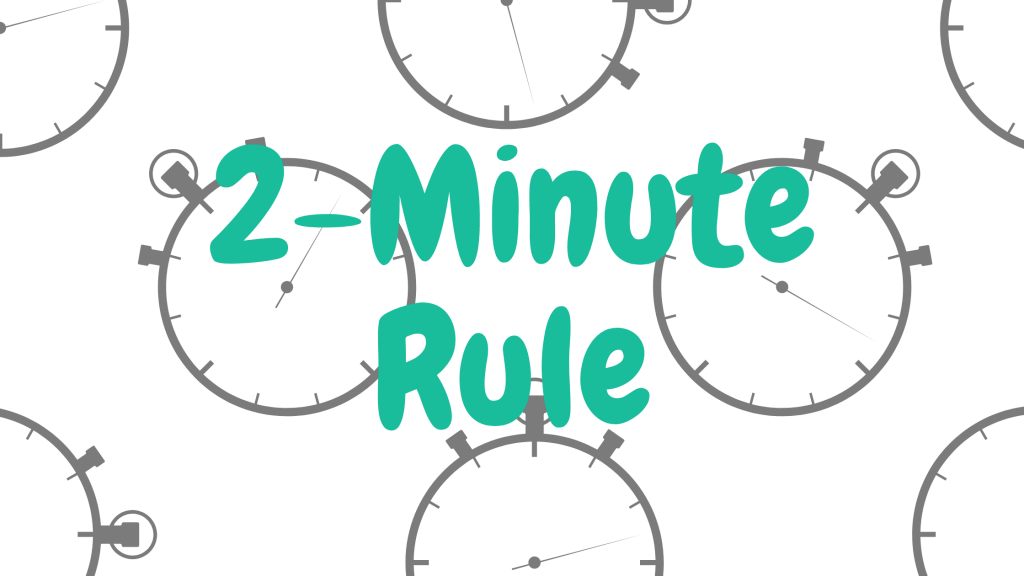
The Biological Perspective
Keep 10 Powerful Productivity Methods and when to Use Them in mind as we explore the biological perspective on productivity. Understanding how our bodies function can greatly enhance our efficiency and effectiveness in completing tasks.
Synchronizing Work Rhythms with Natural Cycles
Perspective: Our bodies operate on natural rhythms dictated by the circadian rhythm, which regulates our sleep-wake cycle. By aligning our work schedules with these natural cycles, we can optimize our productivity. For example, tackling complex tasks during our peak alertness periods can lead to better concentration and performance.
Nutrition and Exercise: The Overlooked Productivity Boosters
Productivity: Nutrition and exercise play a crucial role in our overall productivity. Eating a balanced diet and incorporating regular physical activity not only improve our physical health but also boost our cognitive functions. Keeping our bodies nourished and active can significantly enhance our focus, creativity, and energy levels throughout the day.
Synchronizing: Prioritizing nutrition and exercise as part of our daily routine can have a profound impact on our productivity levels. By fueling our bodies with the right nutrients and engaging in regular physical exercise, we can increase our mental sharpness, reduce stress, and sustain our energy levels for optimal performance.

Conclusion
The utilization of efficient productivity methodologies is important in maximizing one’s output and achieving success in a fast-paced world. By adopting techniques such as the Pomodoro Technique, Getting Things Done, and the Eisenhower Matrix, individuals can better manage their time, prioritize tasks, and increase overall productivity. These proven methodologies provide a roadmap for success by streamlining tasks and promoting focus, organization, and efficiency.
The implementation of these productivity methodologies not only ensures that tasks are completed in a timely manner but also fosters a sense of accomplishment and fulfillment. By incorporating these strategies into one’s daily routine, individuals can overcome procrastination, reduce stress, and create a more structured approach to task management. Embracing these top productivity methodologies is a step towards increased productivity, achievement of goals, and overall success in both personal and professional endeavors.
FAQs about Productivity Methodologies
What are the top productivity methodologies to try today?

The top productivity methodologies to try today include Pomodoro Technique, Getting Things Done (GTD), Eisenhower Matrix, Eat That Frog, and Kanban Method.
What is the Pomodoro Technique?

The Pomodoro Technique is a time management method that uses a timer to break work into intervals, traditionally 25 minutes in length, separated by short breaks. This technique aims to improve focus and productivity by reducing the impact of internal and external interruptions.
How does Getting Things Done (GTD) methodology work?
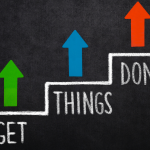
Getting Things Done (GTD) is a productivity methodology that helps individuals organize tasks and prioritize work. It involves capturing all tasks and ideas in an external system, breaking them down into actionable items, and organizing them based on context and priority.
What is the Eisenhower Matrix?
The Eisenhower Matrix, also known as the Urgent-Important Matrix, is a method for prioritizing tasks based on their urgency and importance. Tasks are classified into four categories: urgent and important, important but not urgent, urgent but not important, and neither urgent nor important.
How can the Eat That Frog method help improve productivity?
The Eat That Frog method, based on the book by Brian Tracy, encourages individuals to tackle their most challenging or important task first thing in the morning. By “eating the frog” (doing the most challenging task) early in the day, it can help increase productivity and reduce procrastination.

